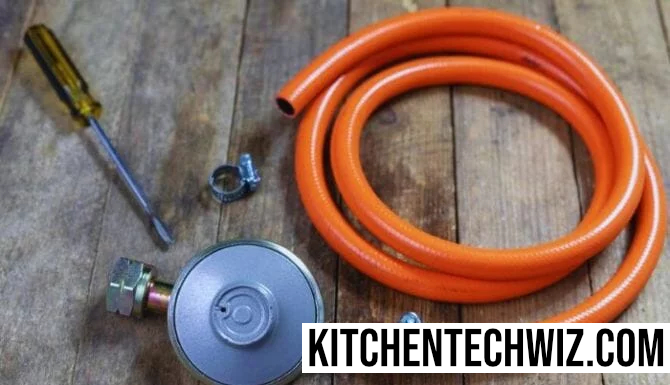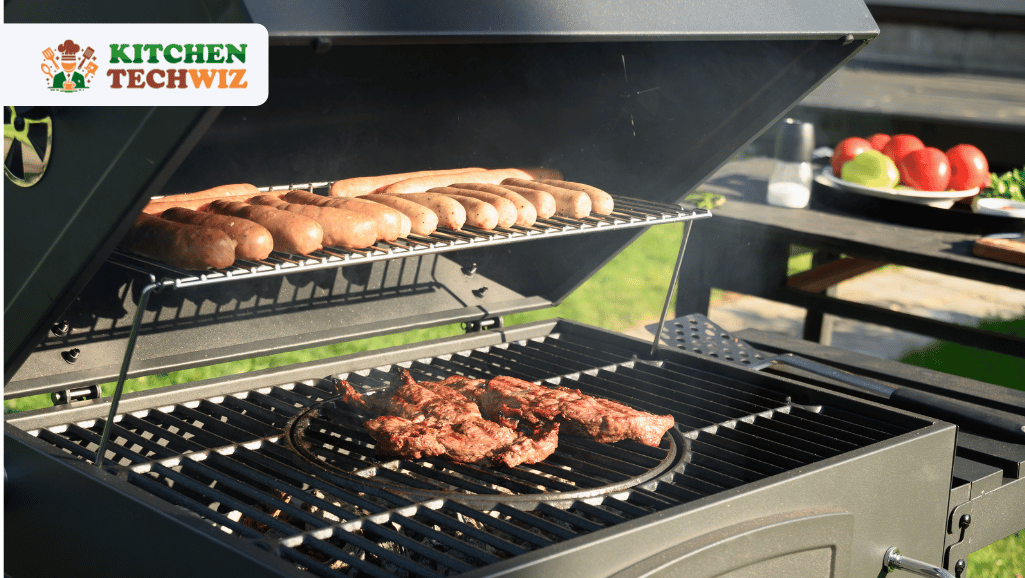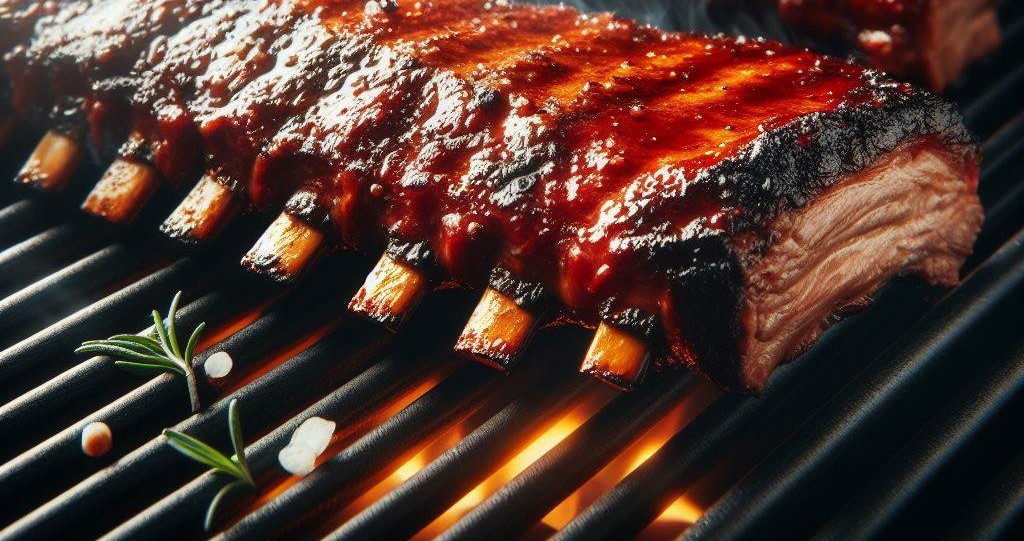Understanding the gas grill regulator is essential for ensuring safe and efficient grilling. The regulator acts as a control valve, regulating the flow of gas from the propane tank to the burners. It is designed to maintain a consistent and safe pressure, preventing an excessive amount of gas from entering the grill at once. This not only ensures even heating but also reduces the risk of flare-ups or dangerous gas leaks.
A gas grill regulator controls the flow of gas from the propane tank to the burners, and adjusting it can ensure that the grill operates safely and efficiently. In this article, we will provide step-by-step instructions on how to adjust a gas grill regulator.
Understanding the Gas Grill Regulator
Before we dive into the process of adjusting the gas grill regulator, let’s understand its significance. The regulator is a crucial component that controls the flow of gas from the propane tank to the burners. Its primary function is to ensure a steady and regulated supply of fuel to the grill. Without a properly functioning regulator, your grill won’t be able to achieve consistent temperatures, resulting in unevenly cooked food.
How to Adjust Gas Grill Regulator?
Now that you understand the importance of a well-adjusted regulator let’s delve into the step-by-step process of adjusting it on your gas grill.
Step 1: Turn off the grill and the propane tank
Before starting any adjustments to the grill, it is important to turn off both the grill and the propane tank. This will prevent any gas from flowing through the regulator, which can be dangerous.
Step 2: Locate the regulator
The regulator is usually located near the propane tank, and it is connected to the tank by a flexible hose. It is typically a cylindrical or rectangular device with a knob or screw that controls the flow of gas.
Goes well with the best: How long will a small propane tank last
Step 3: Check the pressure
The pressure of the gas can be checked with a pressure gauge, which is usually attached to the regulator. It is important to check the pressure because it can affect the performance of the grill. If the pressure is too low, the flame will be weak, and if the pressure is too high, the flame will be unstable.
Step 4: Adjust the pressure
To adjust the pressure, turn the knob or screw on the regulator to increase or decrease the flow of gas. It is important to make small adjustments, as over-adjusting the regulator can cause damage to the grill or result in a dangerous gas leak. If the pressure is too low, turn the knob or screw clockwise to increase the flow of gas. If the pressure is too high, turn the knob or screw counterclockwise to decrease the flow of gas.
Step 5: Test the grill
Once the pressure has been adjusted, it is important to test the grill to ensure that it is operating safely and efficiently. Light the grill, and adjust the flame to the desired height. If the flame is weak or unstable, make further adjustments to the regulator until it is operating correctly.
Safety Precautions
When it comes to adjusting the gas grill regulator, safety should be the top priority. Before making any changes, always ensure that the grill is turned off and disconnected from the gas supply. Additionally, it’s essential to carefully read the manufacturer’s instructions and follow their specific guidelines for adjusting the regulator.
One important safety precaution to keep in mind is to check for any signs of wear or damage on the regulator or gas lines. Any cracks, leaks, or corrosion could lead to a potentially dangerous situation if not addressed promptly. Another important guideline is to perform a leak test after making any adjustments to ensure that there are no gas leaks present. This can be done using soapy water and looking for bubbles at connection points.
Lastly, always have a fire extinguisher nearby when working with gas grills as a precautionary measure. In case of an unexpected flare-up or emergency, having a fire extinguisher within reach can help prevent minor incidents from escalating into serious accidents. Prioritizing these safety precautions will not only make adjusting your gas grill regulator safer but also help maintain long-term enjoyment of outdoor cooking without unnecessary risks.
Conclusion
By following these steps, you can adjust your gas grill regulator and ensure that your grill is operating safely and efficiently. Regularly checking and adjusting the regulator can extend the life of your grill and improve the grilling experience.



![16 Best Tabletop Propane Gas Grills 2024: [Also Charcoal & Electric]](https://kitchentechwiz.com/wp-content/uploads/2021/04/Best-Tabletop-Propane-Grill-1.jpg)

Leave a Reply